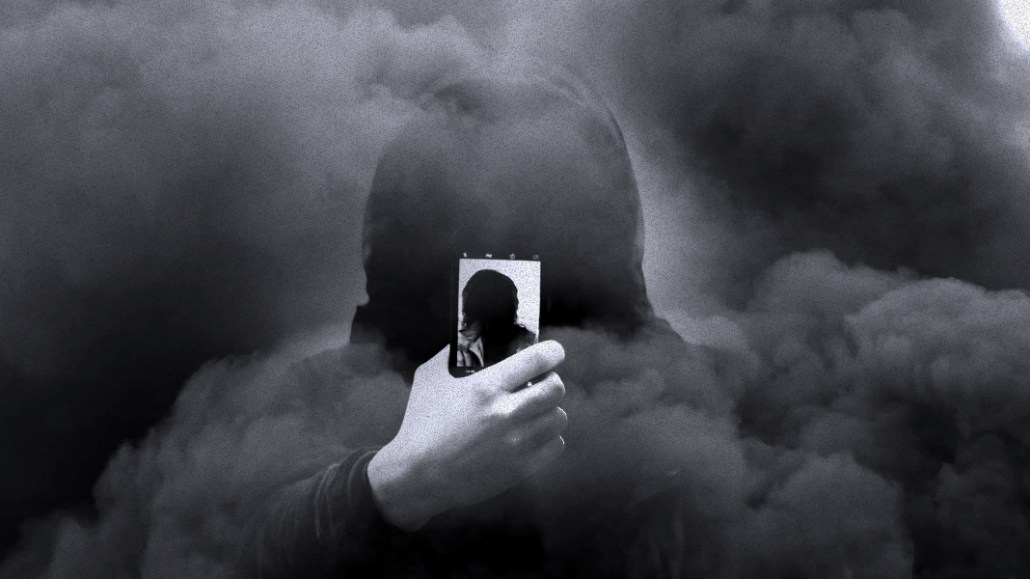Influencer marketing platforms are making fraud ‘very obvious’ for brands to identify

With influencer marketing fraud in the spotlight, influencer marketing software companies are increasingly emphasizing their abilities to detect fraudulent behavior, with some vendors redesigning their systems to that end.
Mavrck, a Boston-based influencer marketing company, released a new system this month that defines an influencer as having a high, medium or low risk of fraud based on purchasing followers or engagements. It uses an algorithm to assess a statistically significant sample of followers and accounts that like or comment on posts.
“A year ago, we had benchmarks that were like, ‘This is what you should be getting. If you’re above or below that benchmark, it’s kind of fishy,’” said Lyle Stevens, co-founder and CEO of Mavrck. “[Our customers] wanted us to make it very simple and obvious whether or not this person bought followers.”
Efforts to detect and prevent fraud aren’t new, but they’ve changed as technology has improved and as marketers have grown more aware of it. The New York Times in-depth report in January on a company that sells fake followers and Unilever CMO Keith Weed’s comments during Cannes this year brought renewed attention to the issue, vendors said. Recently, platforms like Twitter have done more to purge bots from its platform, and some agencies have changed the way they charge for influencer campaigns.
“As a startup, you can yell and scream, and people won’t listen as much as they will a CMO that owns many brands. It helps to get people like Keith talking about it,” said Krishna Subramanian, a co-founder of Captiv8, an influencer marketing company which provided data for the Times report.
Preventing fraud has been something that brands have said they want as well.
“As a premium brand, we are always cognizant of how our chocolate is being portrayed. We want the influencers representing our brand to be the most authentic and engaging, the ones who have a true connection with their followers,” said Marie Bucklin, associate communications manager at Lindt Chocolate USA, which uses Mavrck and has been beta-testing the new detection system.
Agencies and brands have different tolerance levels for fraud. That’s why Captiv8 allows its clients to customize the score its system shows, Subramanian said. Mavrck doesn’t simply weed influencers connected to fraudulent behaviors out of its system in part because some brands focus on the quality of the image rather than the actual engagement.
“Influencer marketing still falls victim to the idea you’re an influencer because of your audience. That’s historically true, but the assets they create, separate from their audience, also have value. Someone can create high-quality imagery and then the photo can be repurposed so that photo influences sales,” Stevens said.
The technical solutions to prevent fraud are hard to build and can’t be perfect. The algorithms of Mavrck and Izea, another influencer marketing company, rely on a sampling of an influencer’s following to determine the scale of fraud.
“We could absolutely go out and look at every single follower, but the cost of doing so quickly spirals out of control, and ultimately we only have a subset of the data from Facebook, Twitter and Google. We’re at an inherent disadvantage because they aren’t going to give us all of that,” said Chris Staymates, Izea’s vp of engineering.
Staymates said that the scale of the problem is evident from the platforms themselves struggling to combat fraud. Facebook, Twitter and Google each report taking down fake accounts and making updates to prevent further spam, but it remains a whack-a-mole problem.
“We look back to our partners. Heck, if they can’t do it, how can we be expected to do it with any kind of real accuracy? They have much richer data than we do,” Staymates said.
Despite the new attention given to the issue, there’s still little standardization in influencer marketing. Subramanian of Captiv8 said that while the display marketing industry has DoubleVerify and Moat, influencer marketing platforms choose their own standards.
“We have had a conversation of creating a public database of individuals who are high fraud risk, but I would like to collaborate with peers in the industry to create a standard,” Stevens said.
More in Marketing

Best Buy, Lowe’s chief marketing officers explain why they launched new influencer programs
CMOs launched these new programs in response to the growing importance of influencers in recommending products.

Agencies create specialist units to help marketers’ solve for AI search gatekeepers
Wpromote, Kepler and Jellyfish practices aim to illuminate impact of black box LLMs’ understanding of brands search and social efforts.

What AI startup Cluely gets — and ad tech forgets — about attention
Cluely launched a narrative before it launched a tool. And somehow, it’s working.





